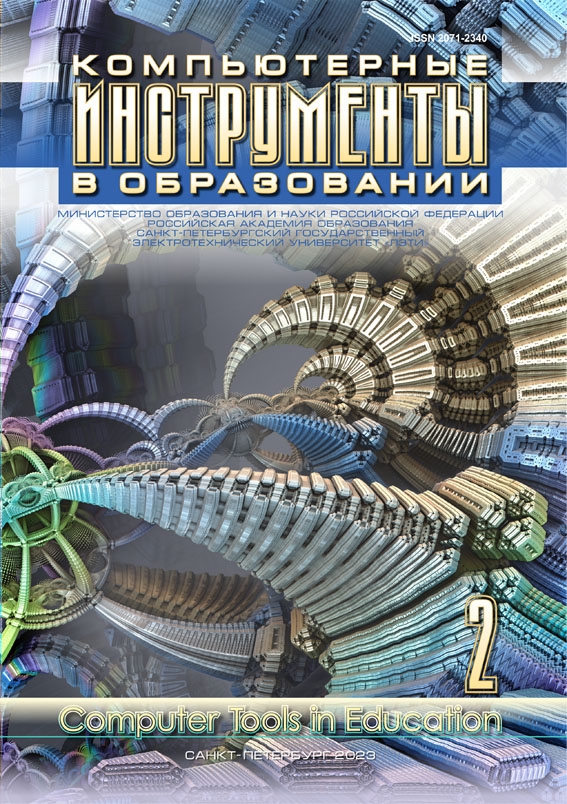Cognitive Tools of Explanatory Artificial Intelligence for Problems of Transport and Educational Logisticsадач транспортной и образовательной логистики
Abstract
In anticipation of the transition to digital logistics systems, there is an exponential growth in the use of artificial intelligence systems. This growth is most noticeable in the area of logistics process analysis. However, with the complication of algorithms, the user’s ability to control decision-making in logistics is significantly reduced, which affects the credibility of the result, which is critical in logistics. The use of explanatory artificial intelligence methods is called upon to increase transparency in the operation of artificial intelligence (AI) systems in the analysis of logistical phenomena. Our study presents one of the cognitive tools in the spectrum of explanatory artificial intelligence methods for analyzing logistics processes, and also considers potentially promising approaches to improving this technology. However, despite the fact that artificial intelligence technologies have great potential, the complication of these systems affects the credibility of the technology. This is especially noticeable in areas where technosphere and logistical security depends on the correctness of the decision. The way out of this difficult situation is the use of explanatory artificial intelligence (eXplainable Artificial Intelligence (XAI)). In this work, as such an explanatory technology, we propose cognitive dynamic SW prediction.
References
The United Kingdom Offshore Oil and Gas Industry Association (Oil and Gas UK), “Accident atistics for Offshore Units on the UKCS 1990–2007,” in www.oilandgasuk.co.uk, 2009. [Online]. Avilable: http://www.oilandgasuk.co.uk/cmsfiles/modules/publications/pdfs/EC024.pdf
V. L. Gorokhov and V. V. Tsaplin, “Information and communication technologies at the university, key principles,” T. A. Datsyuk ed., in Materials of the 1st Regional Conference, Saint Petersburg, Russia: SPbGASU, 2012 (in Russian).
A. N. Averkin and S. A. Yarushev, “Review of research in the development of methods for extracting rules from artificial neural networks,” Izvestiya RAN. Theory and Control Systems, no. 6, pp. 106–121, 2021 (in Russian); doi:10.31857/S0002338821060044
V. L. Gorokhov and I. P. Muravyov, Cognitive machine graphics. dynamic projections and robust segmentation of multidimensional data. Methodology, methods and interfaces, [Monograph], Saint Petersburg: INGECON Publishing House, 2007 (in Russian).
A. A. Zenkin, Cognitive computer graphics, D. A. Pospelov, Moscow: Nauka, 1991 (in Russian).
V. Gorokhov and V. Vitkovskiy, “Cognitive Imaging in Visual Data-Driven Decision-Support Systems,” in Astronomical Data Analysis Software and Systems (ADASS) XIX, Sapporo, Japan, 4–8 October 2009, pp. 171–175, 2010.
V. Vitkovskiy, V. Gorohov, and S. Komarinskiy, “Cognitive 6-D imaginig in visual data-driven decision support systems,” in Astronomical Data Analysis Software and Systems (ADASS) XIX, Sapporo, Japan, 4-8 October 2009, pp. 449–452, 2010.
V. L. Gorokhov, M. Yu. Admakin, V. Yu. Stepanov, and A. A. Zhuravlev, “Experience in 3-D representation of cognitive images of dynamic projection of multidimensional data,” Soft measurements and computing, no. 8(21), pp. 42–50, 2019 (in Russian).

This work is licensed under a Creative Commons Attribution 4.0 International License.







